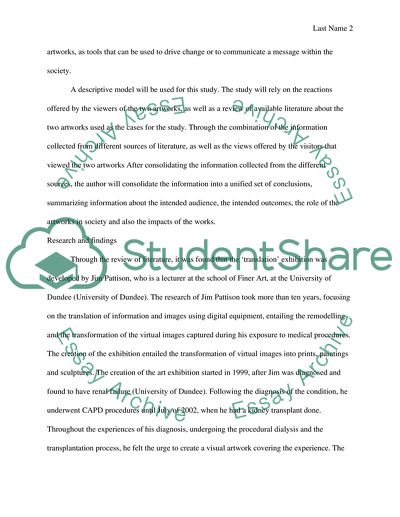Cite this document
(“The Social Impact of Two Artwork Collections Case Study”, n.d.)
The Social Impact of Two Artwork Collections Case Study. Retrieved from https://studentshare.org/culture/1821677-case-study-on-a-body-of-artistic-work
The Social Impact of Two Artwork Collections Case Study. Retrieved from https://studentshare.org/culture/1821677-case-study-on-a-body-of-artistic-work
(The Social Impact of Two Artwork Collections Case Study)
The Social Impact of Two Artwork Collections Case Study. https://studentshare.org/culture/1821677-case-study-on-a-body-of-artistic-work.
The Social Impact of Two Artwork Collections Case Study. https://studentshare.org/culture/1821677-case-study-on-a-body-of-artistic-work.
“The Social Impact of Two Artwork Collections Case Study”, n.d. https://studentshare.org/culture/1821677-case-study-on-a-body-of-artistic-work.


